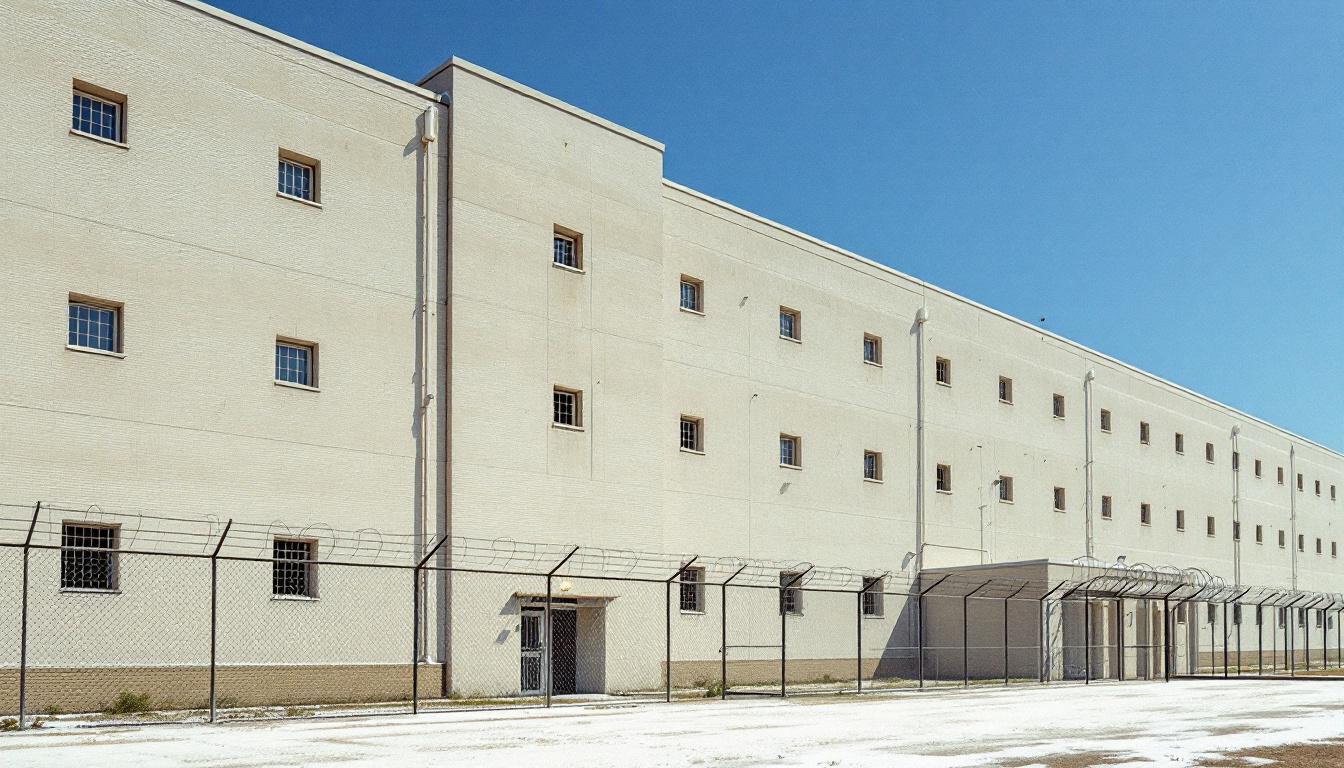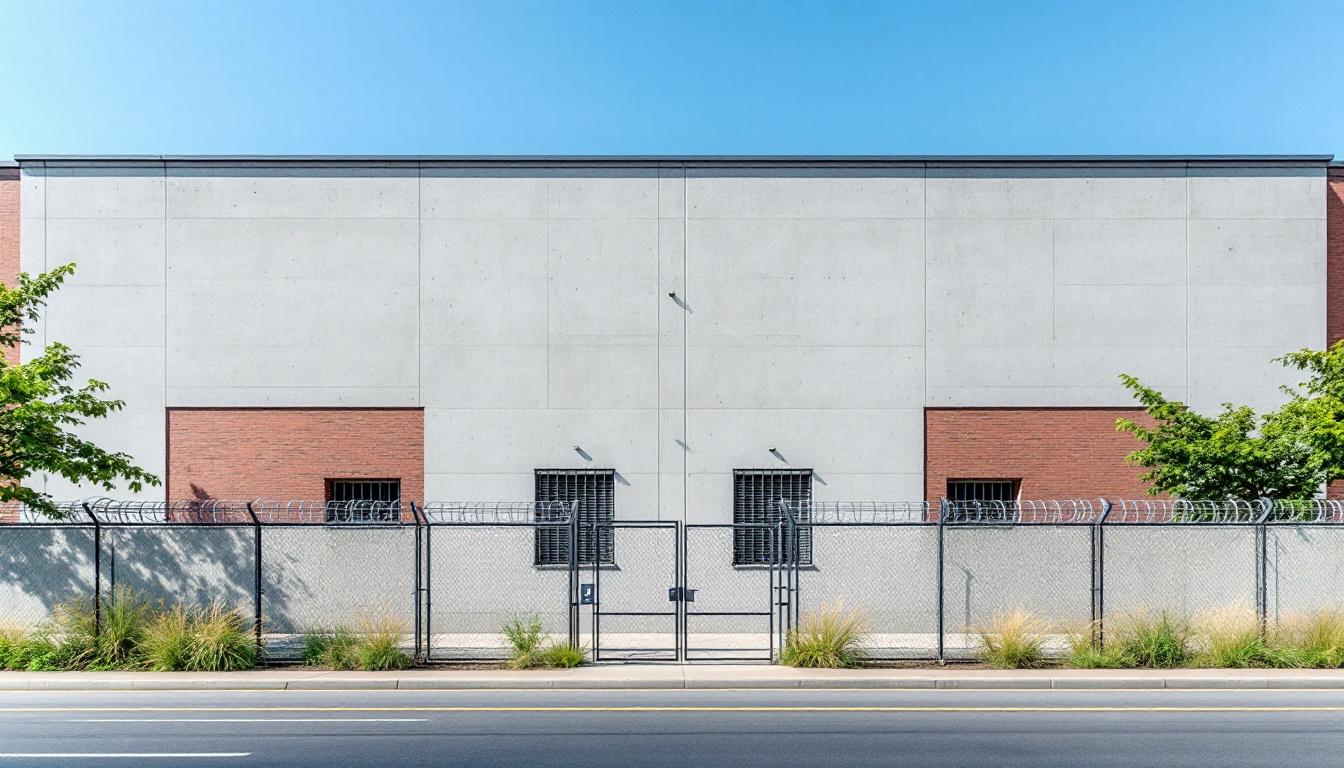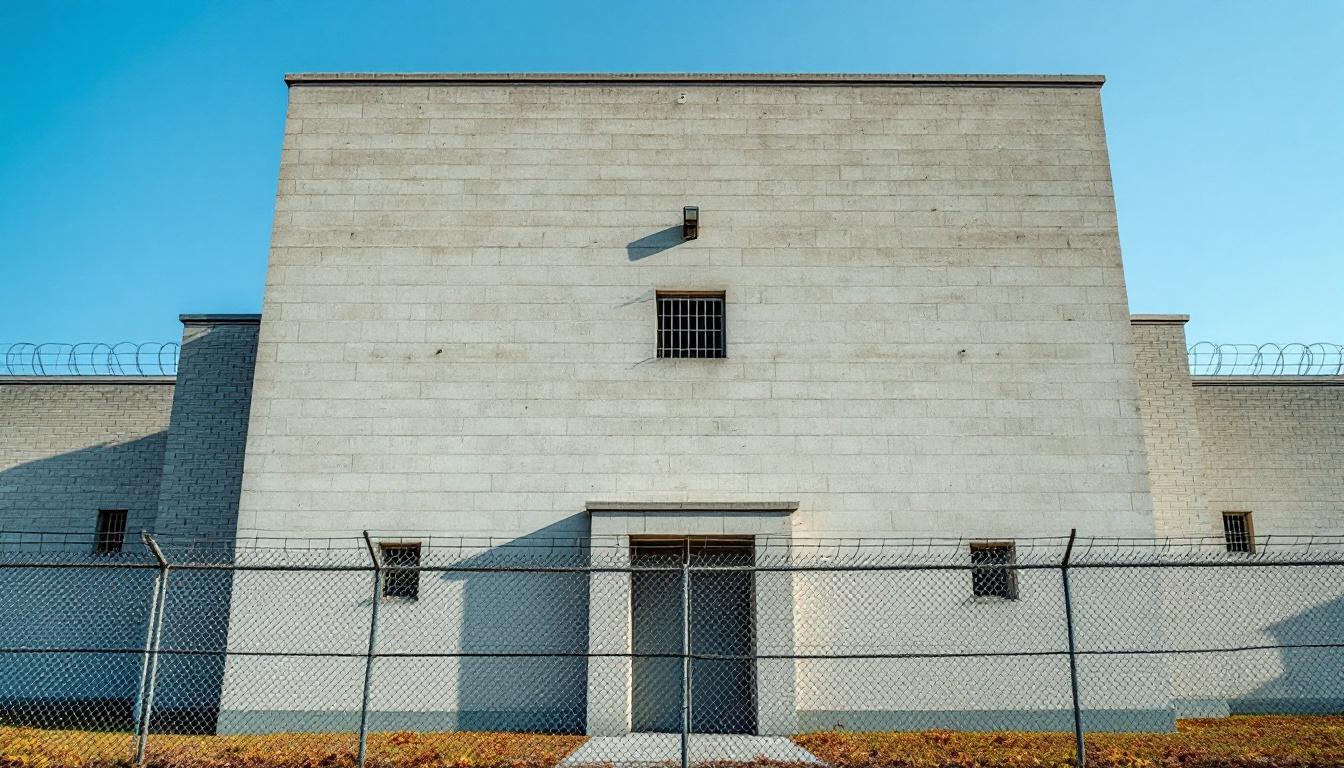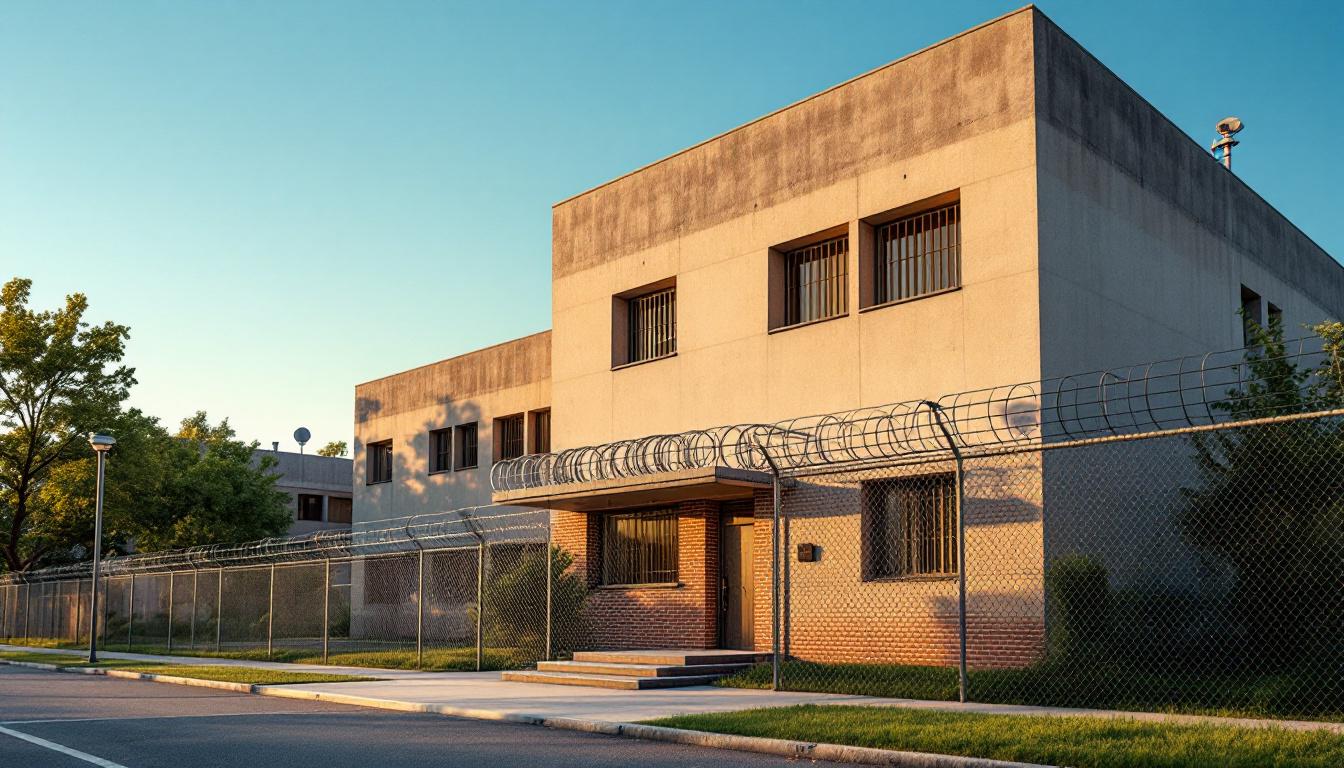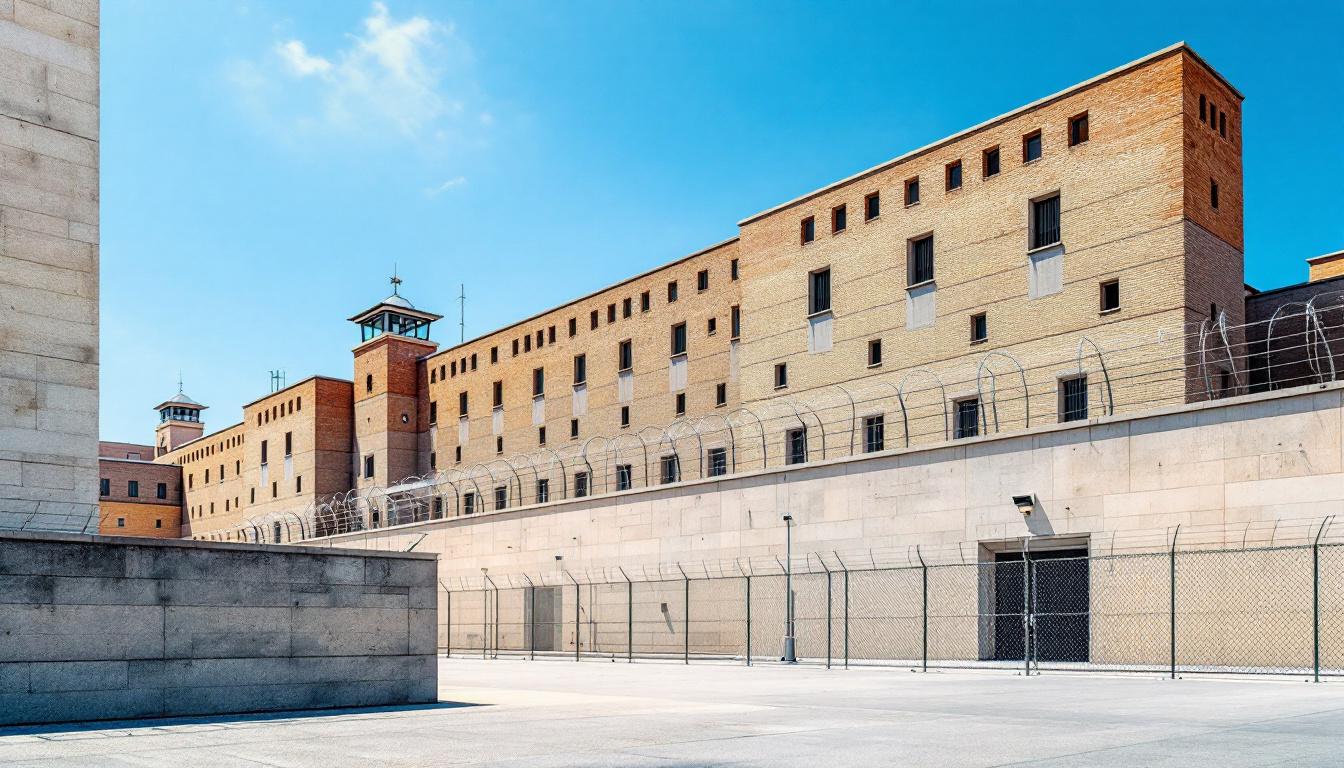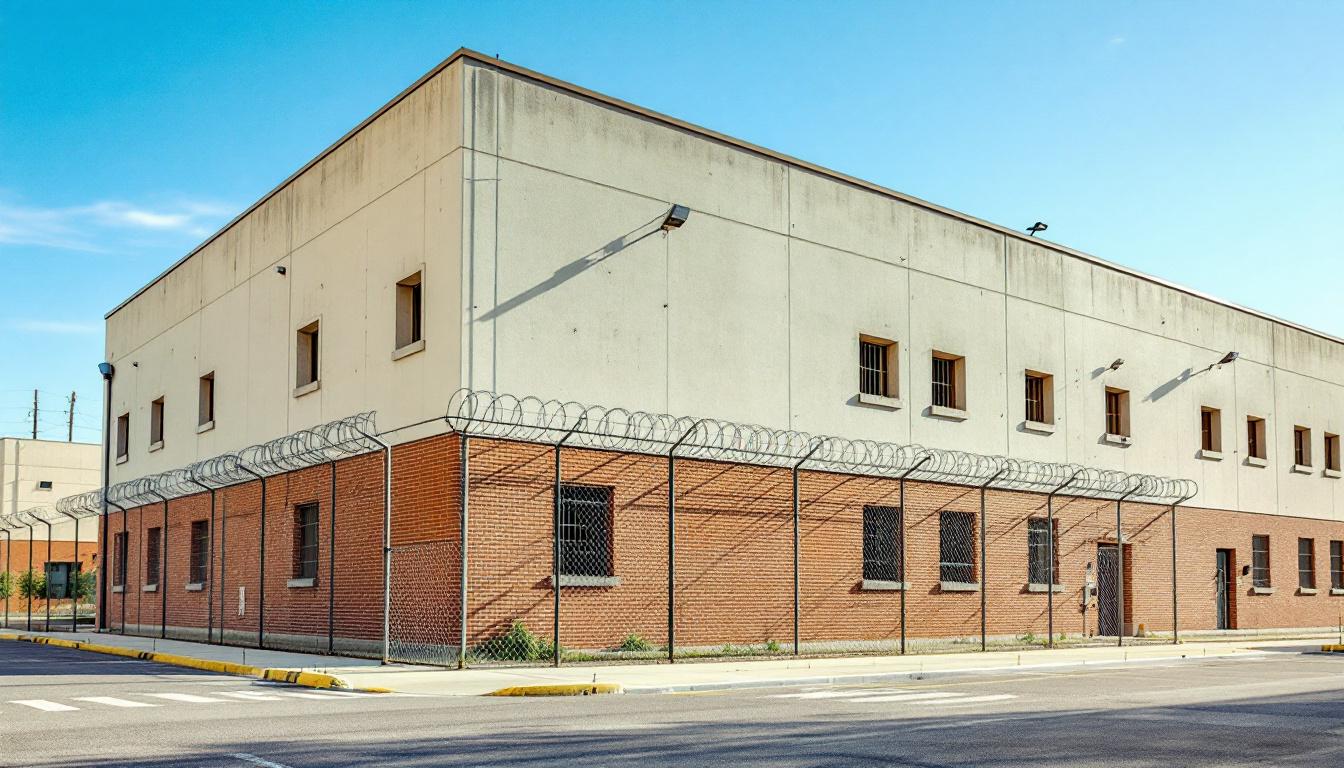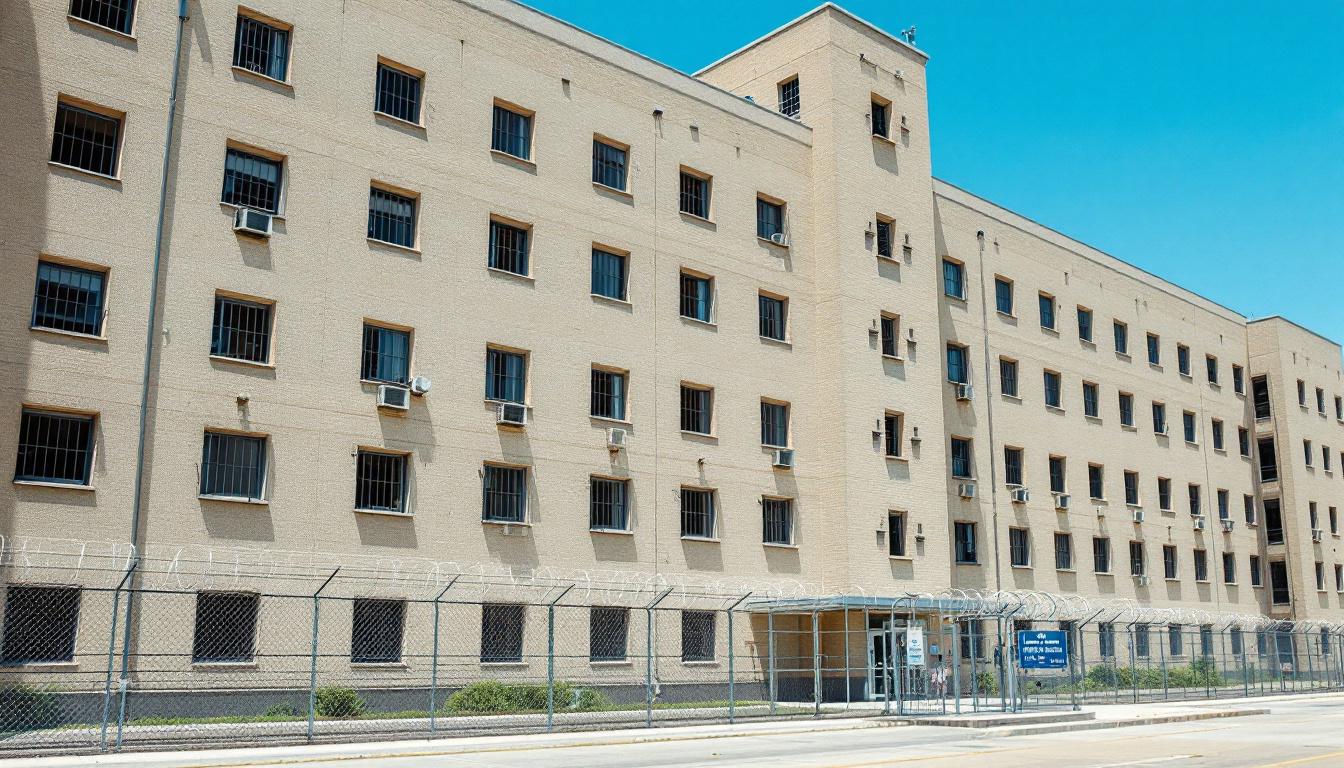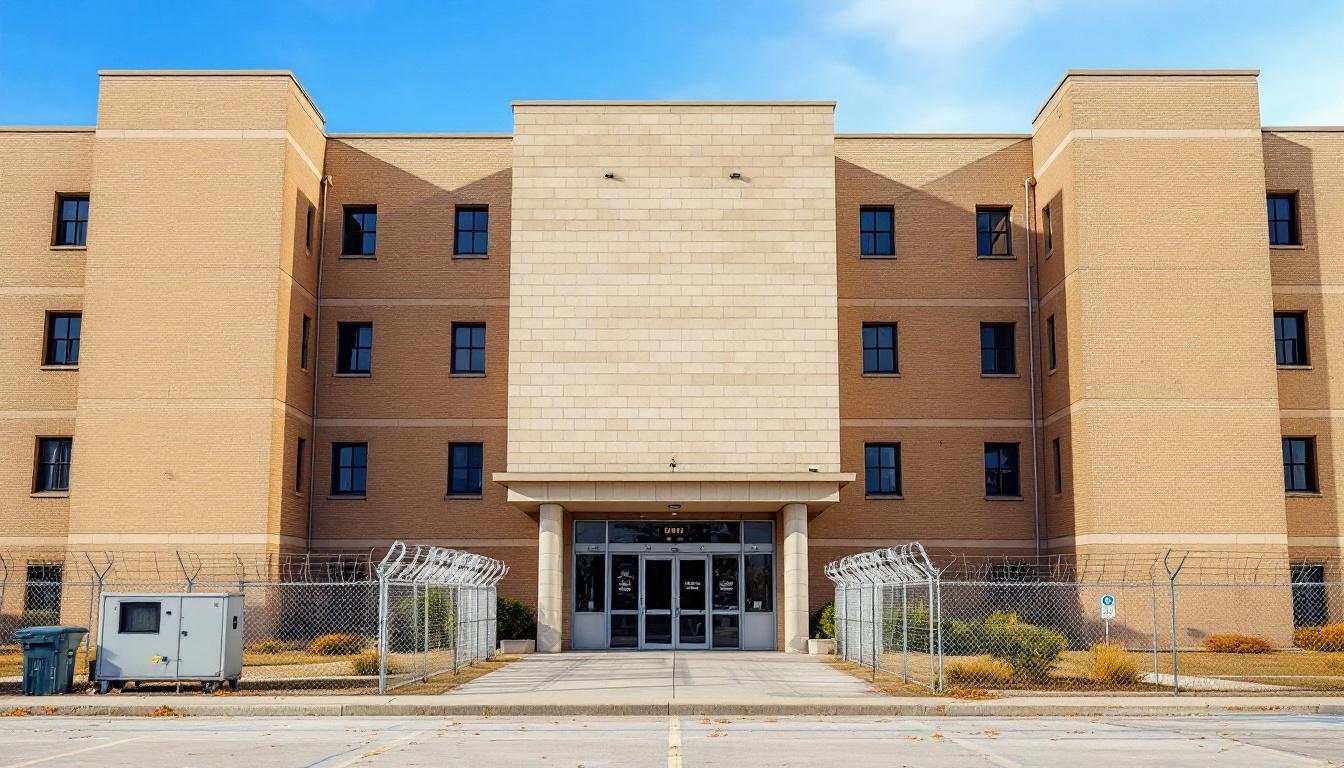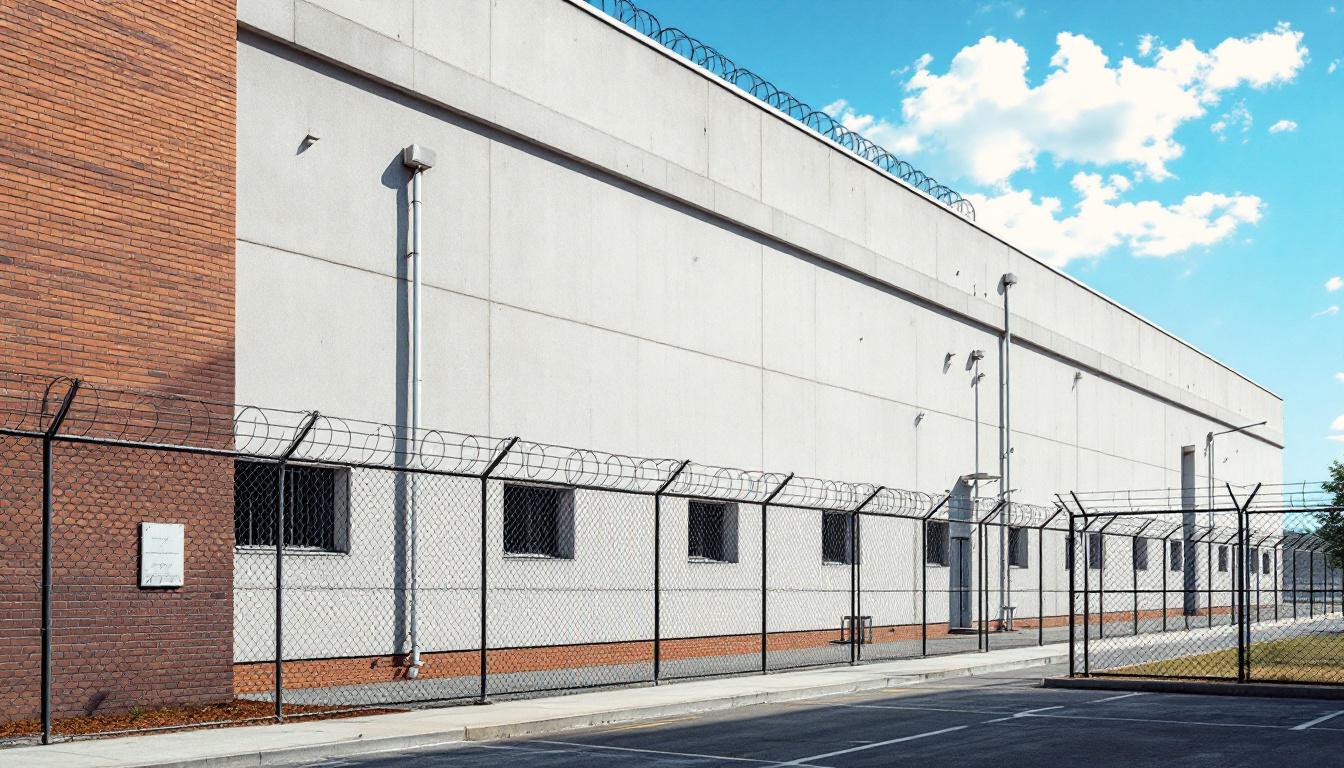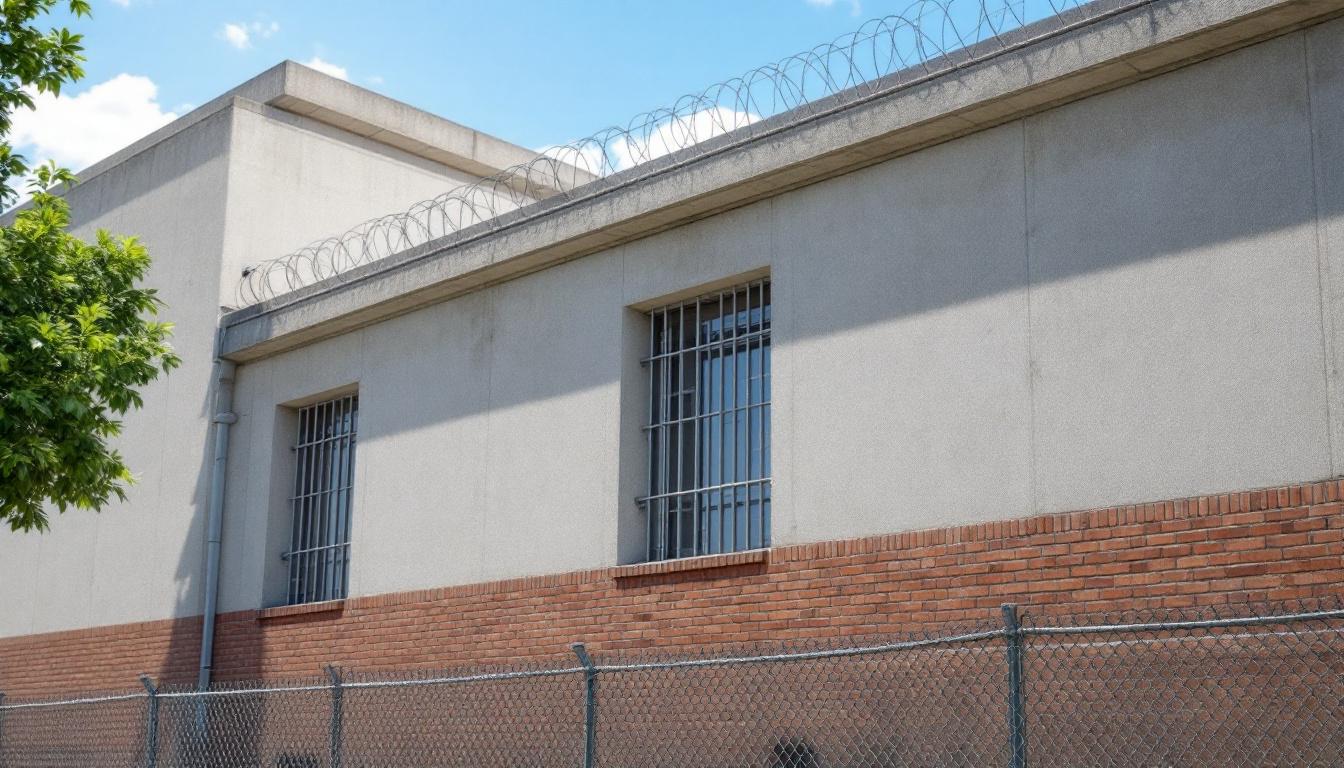
Quick Navigation
How to contact an inmate at Sonoma County Detention Facility
This comprehensive guide will walk you through how to connect with an inmate at Sonoma County Detention Facility. Follow the steps below to find an inmate and send letters and photos:
- Search for the inmate using our search tool below
- Create your account or log in to Penmate
- Write your message (up to 6,000 characters)
- Send instantly - inmates receive printed copies daily
Find an Inmate
Search for an inmate to start communicating today
Tip: You can search by first name, last name, or inmate ID number
To contact a person at Sonoma County Detention Facility start by searching for the person on the official facility website. Perform a search by following these steps:
- Step 1: Enter their first name and last name into the search form and click "Search"
- Step 2: Locate their inmate record
- Step 3: Write down their Inmate ID and any housing information provided
Important! Be sure to enter the person's full name. Nicknames should not be used.
How to Send Messages to Inmates

You can use your phone or computer to send emails, letters, and photos to an inmate. Messages are sent electronically to inmate tablets or kiosks at the facility. If you would like to send a message, start by searching for an inmate at Sonoma County Detention Facility.
Sending Photos and Postcards

A great way to send love and support to a loved one at Sonoma County Detention Facility is to send photos and postcards. It only takes a few minutes to send photos from your phone and it makes a huge difference. You can also mail postcards with words of support and inspiration, or design your own postcard for special moments like birthdays and holidays.
Important! Be sure not to send any explicit photos or they may not be approved by the facility. You can also use a photo printing app like Penmate to make sure your photos are printed at the correct size (4x6 or 3x5) and are mailed according to the rules and regulations of Sonoma County Detention Facility.
Frequently asked questions about Sonoma County Detention Facility
-
How long does it take to deliver a message?
If you're sending an email message your letter is usually delivered within 24-48 hours. For messages sent via mail you should expect delivery within 3-7 days. All messages will need be approved by Sonoma County Detention Facility.
-
How much does it cost to send a message to Sonoma County Detention Facility?
You can send a message free using your phone or mail a message via USPS for the price of a $0.60 stamp and envelope. You can also purchase credits or e-stamps from services starting at $1.99.
-
What services can I use to contact an inmate at Sonoma County Detention Facility?
Penmate
You can use Penmate to send letters and photos to an inmate from your phone. It's an easy way to stay in touch during your loved one's incarceration. Use the inmate locator to find an inmate's location and contact information, then you can send messages within a few minutes.
Securus messaging
Securus may be another option for communicating with an inmate at Sonoma County Detention Facility. You can create a friends and family account and purchase credits to send messages. All messages will be reviewed and must be approved by the facility.
JPay
Some county jails and state prisons may support sending messages with JPay. You must register an account with the system, find your loved one, and purchase stamps to send messages. For some locations you can also attach photos.
Smart Jail Mail
You may also check if Smart Jail Mail is available at Sonoma County Detention Facility. Smart Jail Mail is operated by Smart Communications and has contracted with some state and county jails. After purchasing credits, your messages and photos are sent to the facility, printed out, and then handed out to your loved one.
-
What is the mailing address of Sonoma County Detention Facility?
Mailing address:
Sonoma County Detention Facility
2254 Ordinance Rd
Santa Rosa, CA 95403
Phone: (707) 565-1400 -
What are the visiting hours at Sonoma County Detention Facility?
Visiting hours at Sonoma County Detention Facility vary by housing unit and security level. Generally, visits are scheduled on weekends and holidays, with some facilities offering weekday visits. Contact the facility directly at (707) 565-1400 or check their website for the current visiting schedule. Visits typically last 30-60 minutes and must be scheduled in advance.
-
What items are prohibited when sending mail to Sonoma County Detention Facility?
Prohibited items typically include: cash, personal checks, stamps, stickers, glitter, glue, tape, staples, paperclips, polaroid photos, musical or blank greeting cards, hardcover books, magazines with staples, and any items containing metal or electronics. Only send letters on plain white paper with blue or black ink. Photos must be printed on regular photo paper (no Polaroids). Always check with Sonoma County Detention Facility for their specific mail policies.
-
How do I send money to an inmate at Sonoma County Detention Facility?
You can send money to an inmate at Sonoma County Detention Facility through several methods: 1) Online using JPay, Access Corrections, or the facility's approved vendor, 2) Money orders mailed directly to the facility with the inmate's name and ID number, 3) Kiosks located in the facility lobby, or 4) Over the phone using a credit or debit card. Fees vary by method, typically ranging from $2.95 to $11.95 per transaction.
-
Can I schedule a video visit with an inmate at Sonoma County Detention Facility?
Many facilities now offer video visitation as an alternative to in-person visits. At Sonoma County Detention Facility, video visits may be available through services like Penmate, Securus Video Connect, GTL, or ICSolutions. Video visits typically cost $10-20 for 20-30 minutes and must be scheduled in advance. You'll need a computer or smartphone with a camera and reliable internet connection. Contact the facility for their specific video visitation policies and approved vendors.
-
What identification do I need to visit an inmate at Sonoma County Detention Facility?
All visitors must present valid government-issued photo identification such as a driver's license, state ID, passport, or military ID. Minors must be accompanied by a parent or legal guardian who can provide the minor's birth certificate. Some facilities require visitors to be on the inmate's approved visitation list, which may require a background check. Contact Sonoma County Detention Facility for specific ID requirements and visitor approval procedures.
-
How can I find out an inmate's release date?
To find an inmate's release date at Sonoma County Detention Facility, you can: 1) Use the online inmate search tool if available, 2) Call the facility's records department, 3) Contact the inmate's case manager or counselor, or 4) Have the inmate provide this information during a call or visit. For privacy reasons, some facilities only release this information to immediate family members.
Facility Overview
Contact Information
Sonoma County Detention Facility2254 Ordinance Rd
Santa Rosa, CA 95403
Phone: (707) 565-1400
Official Website
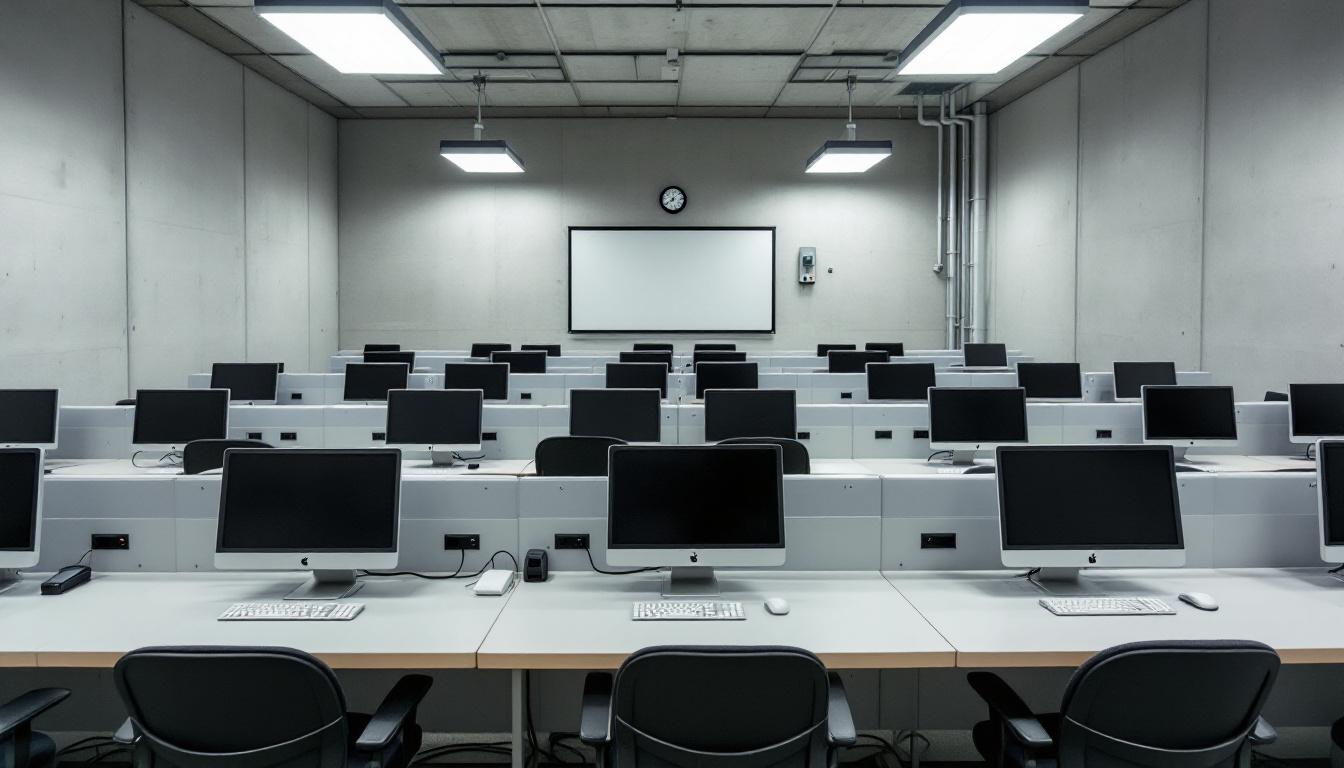
About Sonoma County Detention Facility
Within the rolling hills of Santa Rosa, the Sonoma County North Detention facility serves as a key component in California’s correctional landscape, focusing on evidence-based approaches that prioritize measurable outcomes for residents and community safety. This CA correctional facility operates with a clear mission to provide structured programming that addresses the underlying factors contributing to criminal behavior, while maintaining strong connections to the broader Sonoma County community through collaborative partnerships with local service providers and advocacy organizations.
The detention center typically emphasizes rehabilitation through educational opportunities and vocational training programs designed to equip residents with practical skills for successful reintegration. These residents services often include substance abuse counseling, mental health support, and life skills development, all delivered through partnerships with community-based organizations that understand the comprehensive challenges facing individuals in the Pacific region. The facility generally maintains connections with local educational institutions and workforce development agencies to create pathways for continued growth beyond incarceration.
Community-centered programming at this Santa Rosa facility may include family reunification services, pre-release planning, and transitional support that extends into the community upon release. The detention center’s approach typically reflects California’s broader commitment to rehabilitation over punishment, with programming designed to reduce recidivism rates and strengthen community ties. Through these collaborative efforts with local partners, the facility works to address not dedicated immediate correctional needs but also the long-term goal of creating safer, more connected communities throughout Sonoma County.
Programs & Services
Rehabilitation-focused initiatives at this facility typically center on addressing the root causes of criminal behavior through comprehensive skill-building and personal development opportunities. The approach emphasizes practical education and therapeutic support that may help residents successfully reintegrate into their communities. These initiatives often include structured pathways that allow participants to progress through different levels of programming based on their individual needs and goals.
Educational initiatives form a cornerstone of the facility’s offerings, with programs that may deliver basic literacy instruction, GED preparation, and computer literacy training. Residents often participate in classroom-based learning that covers fundamental academic subjects and digital skills essential for modern employment. Additionally, vocational training initiatives typically include hands-on instruction in trades such as carpentry, where participants can develop marketable skills while working on practical projects that may benefit both the facility and the broader community.
Support services and therapeutic initiatives often focus on addressing behavioral patterns and interpersonal challenges that contribute to criminal activity. Rehabilitation programs may deliver structured counseling sessions, substance abuse treatment, and life skills development that help residents build healthier coping mechanisms. Additionally, conflict resolution training typically teaches participants effective communication strategies and anger management techniques that can reduce recidivism rates and improve their ability to maintain stable relationships and employment upon release.
Daily Life & Visitation
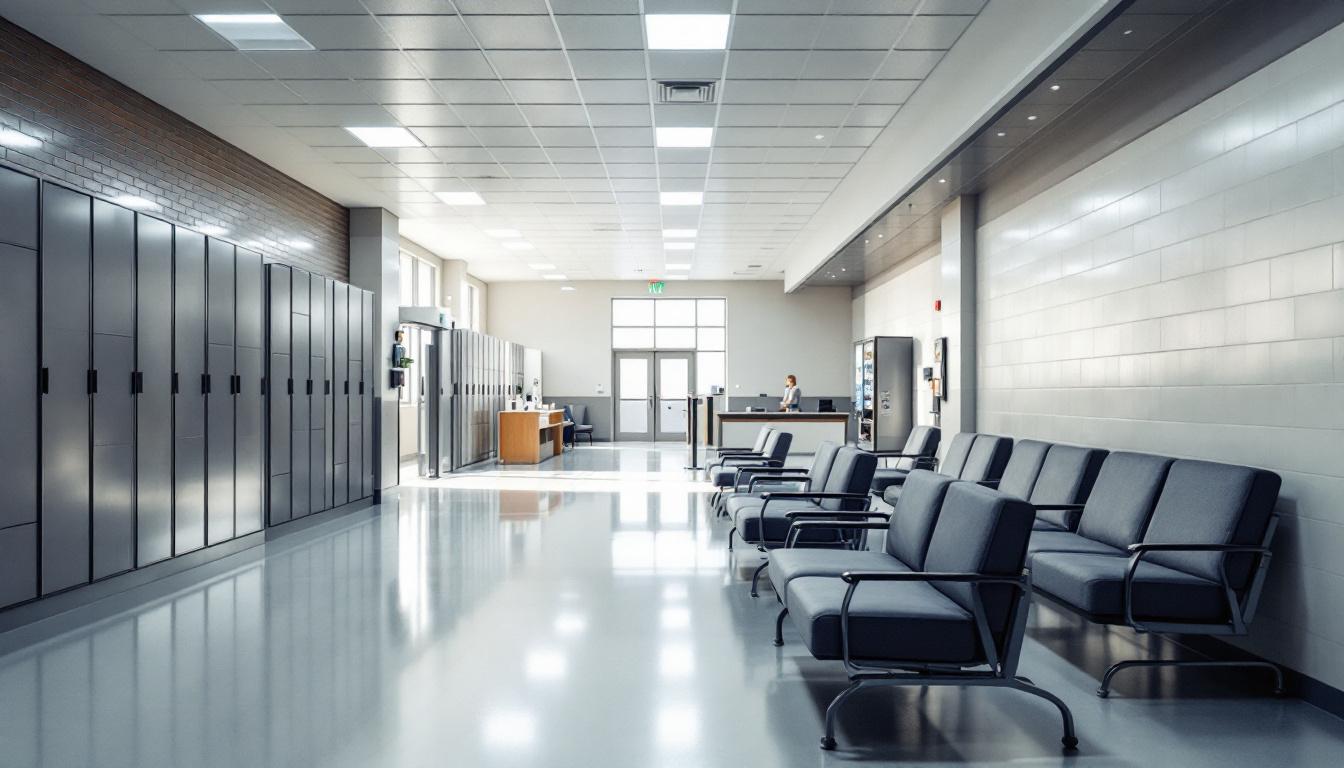
Structured routines currently form the backbone of residential life, with each day following a predictable pattern that residents can rely upon. Wake-up calls typically occur in the early morning hours, followed by scheduled meal times, work assignments, and recreational periods that continue throughout the day. This consistent framework generally helps residents adjust to their environment while maintaining a sense of order and purpose.
Living accommodations at Sonoma County North Detention typically feature dormitory-style housing units where residents share common areas while maintaining individual sleeping spaces. Meals are generally served in designated dining areas at scheduled times, with residents rotating through in organized groups to ensure orderly service. Additionally, the facility usually provides basic personal hygiene items and allows residents to purchase additional commissary items according to established guidelines. While security procedures are maintained throughout daily activities, residents typically have opportunities to maintain personal property within approved limits.
Programming schedules often deliver educational opportunities, vocational training, and recreational activities that help structure afternoon and evening hours. Exercise periods usually include access to outdoor recreation areas when weather permits, along with indoor fitness options. Additionally, visitation policies generally allow residents to maintain connections with family members through scheduled visits and phone calls, while correspondence typically provides another avenue for staying in touch with loved ones. Work assignments within the facility often include kitchen duties, maintenance tasks, and cleaning responsibilities that contribute to daily operations while providing residents with purposeful activity.
Ready to Connect?
Start communicating with your loved one today
Search for an Inmate
